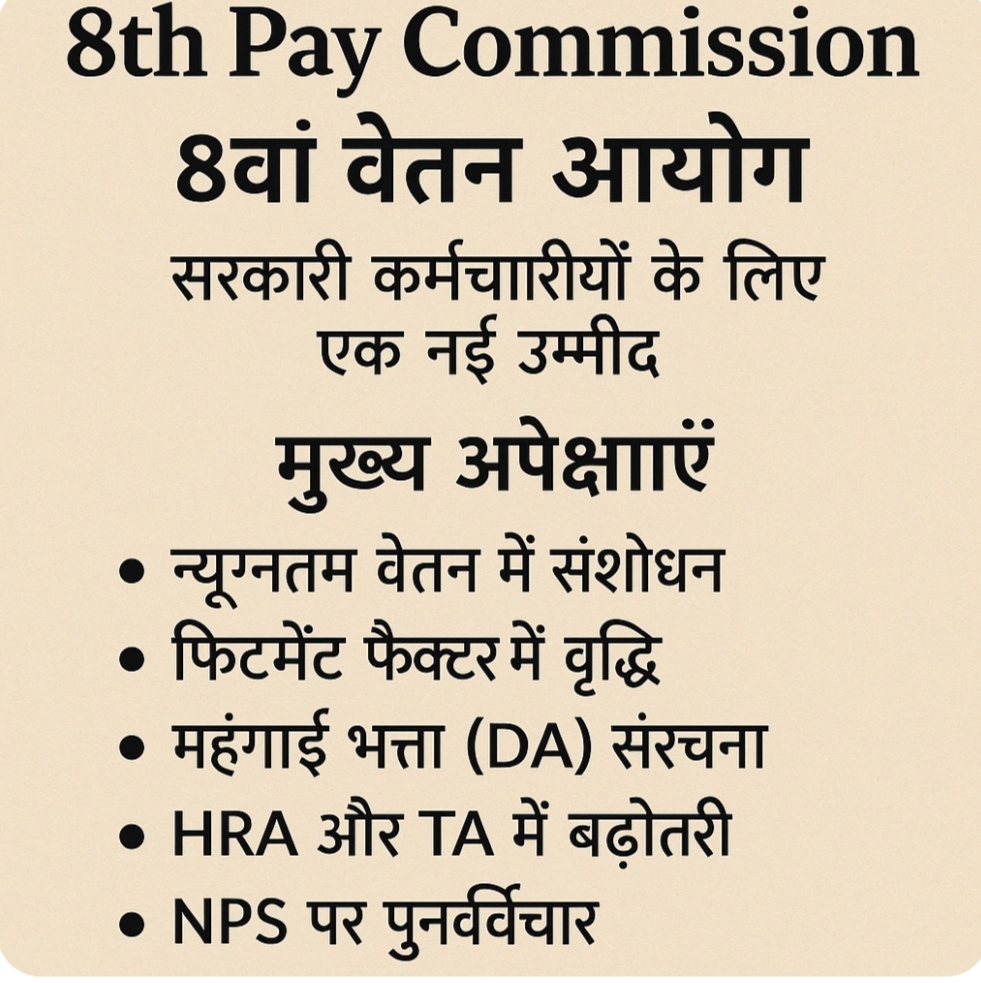How to Build an Emergency Fund: A Step-by-Step Guide
An emergency fund is a financial safety net designed to cover unexpected expenses, such as medical emergencies, car repairs, or job loss. It provides peace of mind and prevents the need to rely on credit cards or loans during financial crises.In this article, we will discuss the importance of an emergency fund, how much you should save, and practical steps to build one. By the end, you’ll have a clear strategy to create and maintain a strong emergency fund.
Why Is an Emergency Fund Important? Many people live paycheck to paycheck, and an unexpected expense can disrupt their financial stability. Here are some key reasons why an emergency fund is essential:
- Financial Security An emergency fund acts as a cushion, helping you manage unforeseen financial shocks without borrowing money.
- Avoiding Debt Without savings, people often rely on credit cards or loans, which can lead to long-term financial strain due to high interest rates.
- Peace of Mind Knowing you have money set aside for emergencies reduces stress and allows you to focus on long-term financial goals.
- Job Loss Protection If you lose your job, having an emergency fund ensures you can cover essential expenses while looking for new employment.
- Unexpected Expenses Whether it’s medical bills, home repairs, or sudden travel needs, an emergency fund ensures you’re prepared.
How Much Should You Save in an Emergency Fund? The amount you need in an emergency fund depends on your lifestyle, income, and monthly expenses. Here are general guidelines:
Beginner Level Start with a small goal of $500 to $1,000. This will cover minor emergencies like car repairs or medical co-pays.
Intermediate Level Aim for 3 months’ worth of expenses. If your monthly expenses are $2,000, your goal should be at least $6,000.
Advanced Level For maximum security, save 6 to 12 months’ worth of living expenses. This is especially important for freelancers, business owners, or those in unstable jobs.
To calculate your goal:
List essential monthly expenses (rent/mortgage, food, utilities, insurance, transportation).
Multiply by the number of months you want to cover (e.g., $2,500 x 6 months = $15,000).
How to Build an Emergency Fund: Step-by-Step Guide
1: Set a Realistic Savings Goal Determine a specific amount to save based on your expenses. Having a clear goal makes it easier to track progress and stay motivated.Example: If you want to save $3,000 in a year, you need to set aside $250 per month or about $8 per day.
2: Open a Separate Savings Account Keeping your emergency fund in a dedicated high-yield savings account ensures it remains untouched for everyday expenses. Look for an account with:No monthly feesHigh interest rates (helps your savings grow)Easy access in emergencies
3: Start Small and Be Consistent If saving a large amount feels overwhelming, start with a small, manageable amount. Even setting aside $10 to $20 per week adds up over time.
4: Automate Your Savings Set up automatic transfers from your checking account to your emergency fund. Automation ensures consistency and prevents the temptation to spend.Example: Schedule a $50 automatic transfer on payday.
5: Cut Unnecessary Expenses Identify areas where you can reduce spending to boost your savings.Cancel unused subscriptions (Netflix, gym memberships, etc.).Cook at home instead of eating out.Use public transportation instead of driving.Buy generic brands instead of name brands.
6: Increase Your Income If you’re struggling to save, look for ways to increase your income:Freelancing (writing, graphic design, tutoring)Part-time job or overtime workSelling unused items (old clothes, gadgets)Monetizing a hobby (crafts, photography)Use any extra income to accelerate your savings.
7: Save Windfalls and Bonuses Whenever you receive unexpected money—like a tax refund, work bonus, or gift—put at least 50% into your emergency fund.Example: If you receive a $1,000 bonus, deposit $500 into your savings.
8: Keep Track of Your Progress Regularly check your savings progress and adjust your strategy if needed. Use a financial app or spreadsheet to track your contributions.
9: Avoid Using Your Emergency Fund for Non-Emergencies Only use the fund for genuine emergencies. Avoid spending it on vacations, shopping, or entertainment.
10: Replenish After Use If you need to dip into your emergency fund, prioritize rebuilding it as soon as possible.
Where to Keep Your Emergency Fund The best place for an emergency fund is:
High-Yield Savings Account Offers interest while keeping your money accessible.
Money Market Account Provides slightly higher interest but may have withdrawal limits.
Certificates of Deposit (CDs) Not ideal for immediate access, but a short-term CD can be an option.
Cash at Home A small portion ($200–$500) in cash is useful for immediate emergencies.
Common Mistakes to Avoid
Not starting at all Even small contributions add up over time.
Keeping it in a checking account Makes it too easy to spend.
Saving too much while ignoring debt Balance emergency savings with paying off high-interest debt.
Not adjusting your fund size As your income and expenses grow, so should your emergency fund.
Benefits of Having an Emergency Fund
Reduces financial stress Knowing you have backup funds keeps you worry-free.
Prevents debt accumulation Avoids high-interest loans and credit card debt.
Gives financial independence Allows you to handle emergencies without relying on others.
Improves money management skills Encourages budgeting and disciplined saving habits.
Conclusion: Building an emergency fund is one of the most important financial steps you can take. By setting a clear goal, automating savings, cutting unnecessary expenses, and increasing income, you can build a strong financial safety net.Start today, even if you can only save a small amount. Every dollar counts toward securing your financial future.
Disclaimer: This article is for informational and educational purposes only. We are not giving any kind of financial, investment or legal advice. The steps to create an emergency fund are given as general guidelines, which depend on the financial situation of each individual.You should consult a certified financial advisor or expert for your specific financial needs. We will not be responsible for the outcome of any financial decision.Your financial safety is your responsibility, so plan your savings and investments carefully.







Post Comment